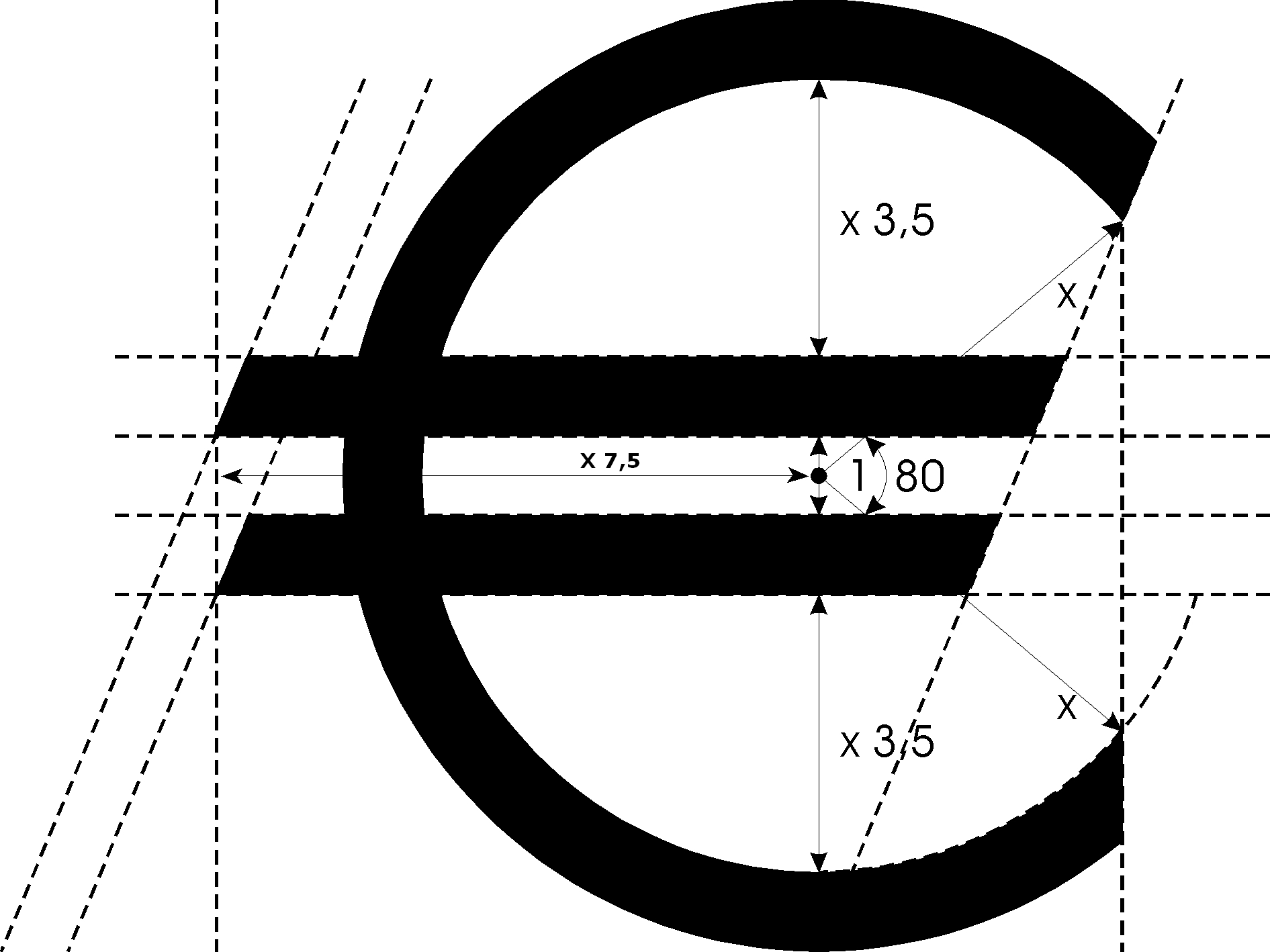
Humpty Dumpty sat on a wall,
Humpty Dumpty had a great fall.
All the king’s horses and all the king’s men
Couldn’t put Humpty together again.
On June 23rd 2016, the United Kingdom of Great Britain voted to leave the European Union. In the era of Twitter tags, this event has come to be known as Brexit. David Cameron, the prime minister of Great Britain, resigned very soon after the result was announced.
The financial markets have been freaking out since then. The question is what is Brexit all about and why are people worried about it. Before answering this, it is important to go back into history and understand the context that led to the formation of the European Union.
What led to the formation of the European Union?
The origins of the European Union can be traced to the European Coal and Steel Community (ECSC) and the European Economic Community (EEC) formed by six countries (which were France, West Germany, Italy and the three Benelux countries i.e. Belgium, Netherlands and Luxemburg) in 1958.
The goal of ECSC was to create a common market for coal and steel in Europe. The EEC on the other hand worked towards advancing economic integration in Europe. The economic integration of Europe was deemed to be necessary by many experts to create some sort of bond between different countries in a continent destroyed by extreme forms of nationalism during the Second World War.
The Second World War had lasted from 1939 to 1945 and had more or less destroyed the European countries. Hence, the idea was that if economic integration happened, peace would automatically prevail.
When was the European Union formed?
These organizations (i.e. ECSC and EEC) gradually evolved into the European Union (EU) which was established by the Maastricht Treaty signed on December 9 and 10, 1991. The creation of a single European currency became an objective of the EEC in 1969, but nothing happened for the next two decades. It was only in the 1993, after the formation of the European Union by the passage of the Maastricht Treaty, that the members became bound to start a monetary union by January 1, 1999.
Currently, there are 28 countries which form the European Union. Further, there are 19 countries which use the euro as their currency (i.e. monetary union). The United Kingdom of Great Britain is not a part of the monetary union within the European Union. It has its own currency (i.e. the pound).
What were the advantages of the European Union?
The basic idea behind European Union was economic integration that led to peace. Let’s take the case of a company which makes cars in the United Kingdom. Before the European Union came into place, if the company wanted to sell its cars in Spain, it would have had to pay a tariff in Spain. (Not surprisingly, the British car companies were against the country leaving the European Union).
Or let’s consider someone British who wanted to work and enjoy the literary scene in Paris. Before the European Union came into place, he would have had to go through a long immigration process.
The European Union essentially did away with these problems and made the movement of both goods and people across the countries which became members, much easier than it was in the past.
So what happened in Great Britain?
On June 23, 2016, the citizens of the United Kingdom of Great Britain voted 52:48 to leave the European Union. This wasn’t expected. Both opinion polls as well as experts had been predicting that Britain would vote to stay in the European Union. But as is the case more -often than not, experts and opinion polls turned out be wrong.
Around half of Great Britain’s exports currently go to the European Union. At the same time around half of Great Britain’s imports come from the European Union[i]. Around one-third of Great Britain’s financial services exports are to the European Union. At the same time, more than half of the cross border lending that the banks of Great Britain carry out is to the European Union. Further, Great Britain receives half of its foreign direct investment from the European Union[ii].
In the days to come all this will have to be renegotiated with the European Union. It is estimated that negotiations will have to be carried out with 60 non Euro Union countries where trade as of now is governed by European Union rules[iii].
So why did Britain leave the European Union?
Given such strong trade as well as financial linkages, why did Britain leave the European Union? The major reason being now offered is that immigration is now a major issue in Britain. Given that, English is the second language of many Europeans, and the main language in Britain, it was easy for the continent based Europeans to move to work to Britain than vice versa.
The other reason being offered is that many of the people who voted for Britain leaving the European Union, did not understand that voting for Britain leaving the European Union, actually meant that Britain would have to leave the union. As dumb as it sounds, there are several news reports which have offered this theory along with examples.
The thing with reasons is that they can also be offered after the event has happened. Hindsight bias plays a huge role here. Hence, I don’t think it is very important to understand why Britain has left the European Union. It is more important to understand how this will play out from here.
What happens now?
It needs to be mentioned here that Britain’s vote to leave the European Union is not legally binding. The British Parliament still needs to pass the laws which will repeal the laws that got Britain into the European Union. This will have to start with the 1972, European Communities Act[iv].
Further, the British leadership (David Cameron or his successor) will have to invoke Article 50 of the Lisbon Treaty. This will start the process formal legal process for Britain to get out of the European Union. At the same time, it will give them two years to negotiate the withdrawal.
Why is the world freaking out?
It is clear that Great Britain has a lot to lose by getting out of the European Union. But why is everyone else worried? The simple reason is that calls are now being made in other European nations, including Spain and France, to get out of the European Union. While, no one knows, how this will play out, if anything along these lines happens, it is likely to jeopardise the entire idea of an integrated Europe. If this were to happen, the future of the euro as a currency would be put to test. Also, if anything like this materializes, it will be next Lehman Brothers kind of moment.
One result of this will be that the European Union will be fairly aggressive in its negotiations with Great Britain (like it was with Greece). It will try and send out the message that any sort of dissent will not be tolerated[v]. This will be done so that message is carried over to any other country that is thinking about leaving the European Union.
Further, calls are now being made in Scotland, for a referendum to leave the Great Britain. In fact, the Scots as a whole have voted to stay in the European Union. If Great Britain decides to get out of the European Union, then Scots want to have their own referendum to get out of Great Britain, in order to stay in the European Union. So the disintegration of Great Britain is also a possibility now.
What about the financial markets?
The basic point is that financial markets hate any sort of uncertainty. And there is simply too much uncertainty surrounding the Brexit issue right now. Also, this has reinvigorated, the dollar as the safe haven trade all over again. This has led to money going out from all parts of the world and into the United States. This explains other currencies losing value against the dollar.
Further, as Nomura Research points out in a research note: “This extreme uncertainty in the City of London, one of the world’s largest financial centres, is anathema to global financial markets, especially when the global economy is as fragile as it is and as there are limited monetary and fiscal policy easing buffers available to most of the world’s major economies.”
Also, Brexit has thrown up the rising risk of Donald Trump winning the elections in the United States, scheduled in November 2016. As Anatole Kaletsky writes in a Project Syndicate column: “The “Brexit” referendum is part of a global phenomenon: populist revolts against established political parties, predominantly by older, poorer, or less-educated voters angry enough to tear down existing institutions and defy “establishment” politicians and economic experts.” And that has really got the financial markets worried.
The column originally appeared in the Vivek Kaul’s Diary on June 28, 2016
Footnotes:
[i] Doug Criss, The non Brits guide to Brexit, CNN, June 20, 2016
[ii] Brexit: Expect waves of contagion on Asia, Nomura Research, June 24, 2016
[iii] Nomura Research
[iv] Brian Wheeler & Alex Hunt, The UK’s EU referendum: All you need to know, BBC, June 24, 2016
[v] Ben Hunt, “Waiting for Humpty Dumpty”, Epsilon Theory, June 23, 2016


